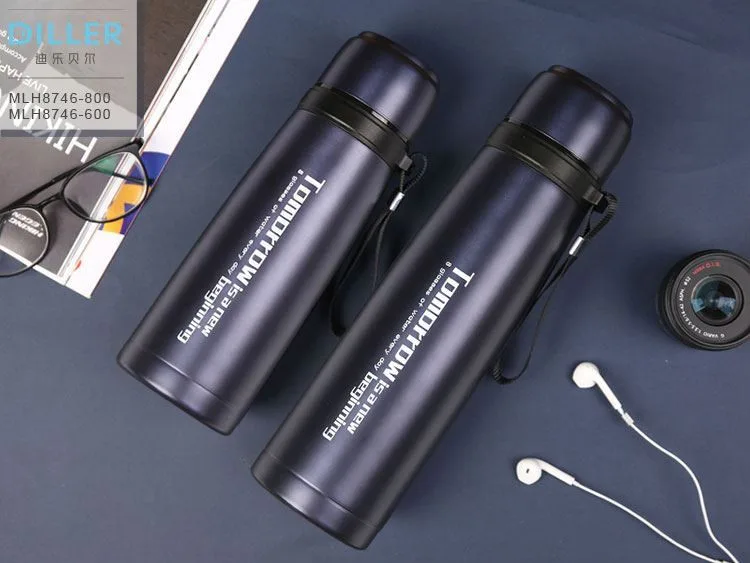What does vacuum flask mean?
Vacuum flasks have different names in different countries and regions. Some are called thermos, and some are called vacuum bottles. In fact, they are all insulated storage containers, which can greatly prolong the temperature of the contents and keep the temperature of the contents for a longer time. Vacuum flask was invented by Sir James Dewar in 1892. He put one bottle in another and connected it at the bottleneck. The gap between the two bottles partially empties air, forming a near vacuum, thus significantly reducing heat conduction and convection.
Vacuum flasks can keep beverages cold or hot for a long time and has many uses.
The structure of the vacuum flask is a double-layer vacuum. In fact, it is composed of two containers. The gap between the two containers partially empties the air and forms a partial vacuum, thus reducing heat conduction or convection. The heat transfer caused by heat radiation can be minimized by silver plating on the inner surface of vacuum flask. The heat preservation time of vacuum flask is generally 12 ~ 24 hours. The temperature of liquid and the temperature of external environment will also affect the heat preservation effect of vacuum flask.
Vacuum flasks are usually made of metal (stainless steel), borosilicate glass, ceramic or plastic, and have many styles and functions. Do not put the vacuum flask into the refrigerator or microwave oven. It is recommended to wash by hand.

